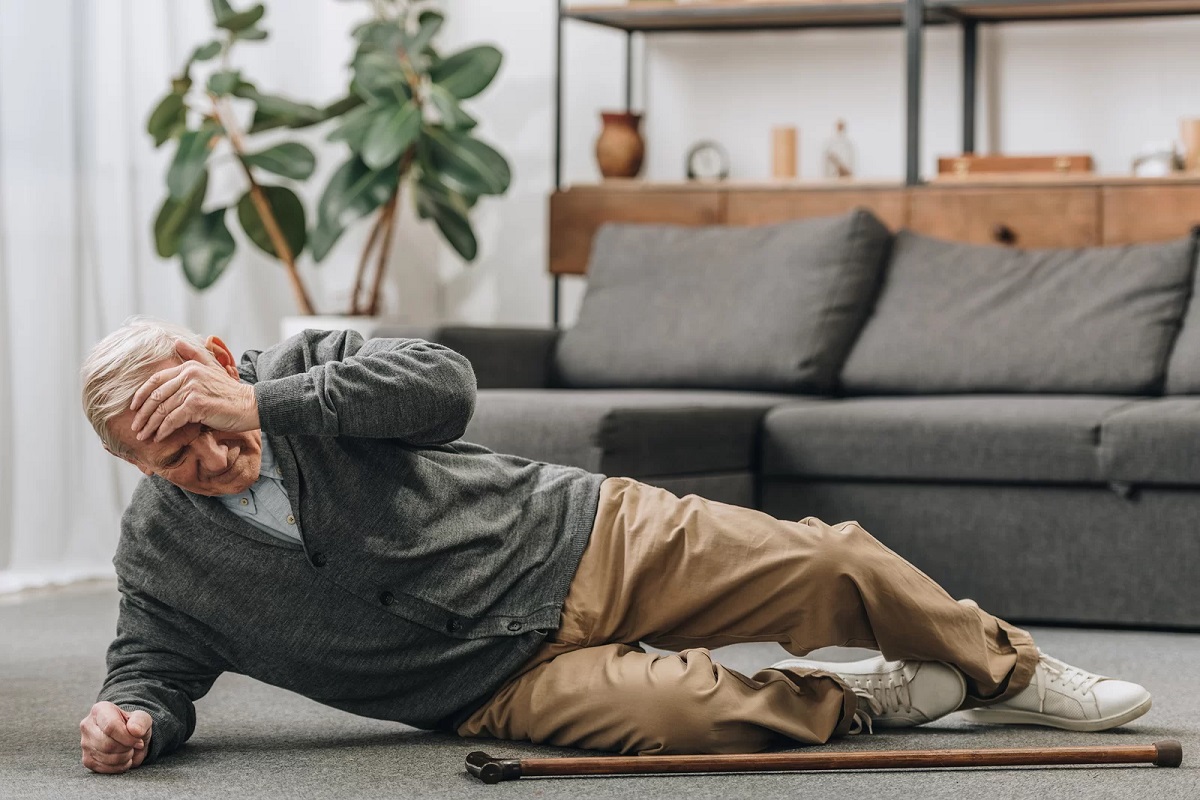

Articles
How To Help An Elderly Person Off The Floor
Modified: October 20, 2024
Learn effective techniques to assist an elderly person in getting up from the floor safely with our informative and practical articles.
(Many of the links in this article redirect to a specific reviewed product. Your purchase of these products through affiliate links helps to generate commission for Storables.com, at no extra cost. Learn more)
Introduction
As our loved ones age, it is not uncommon for them to experience falls and find themselves on the floor. When an elderly person falls, it can be a distressing and potentially dangerous situation. In such instances, it is crucial to approach the situation with care, empathy, and knowledge to provide the necessary assistance.
In this article, we will discuss how to help an elderly person off the floor effectively and safely. By following these steps, you can ensure that you are providing the support they need while minimizing the risk of further injury.
It is important to note that helping an elderly person off the floor can be physically demanding and may require the assistance of more than one person. If you feel that the situation is beyond your capabilities, it is essential to call for professional help, such as emergency medical services or a healthcare provider.
Now, let’s explore the steps you can take to assist an elderly person who has fallen and needs help getting back on their feet.
Key Takeaways:
- When helping an elderly person off the floor, assess the situation, call for help if needed, and provide comfort and reassurance. Follow safe lifting techniques, use assistive devices, and monitor for injuries to ensure their well-being.
- Offering ongoing post-fall support is crucial for an elderly person’s recovery. Encourage self-care, assist with pain management, promote social engagement, and monitor for changes in their physical and mental well-being.
Assess the Situation
When you come across an elderly person who has fallen and needs assistance, it is crucial to first assess the situation to determine the best approach for helping them. Here are some key factors to consider:
- Their condition: Take a moment to observe the person to assess their overall condition. Are they conscious and responsive? Are they experiencing pain or discomfort? Understanding their condition will help you determine the appropriate level of support needed.
- Any visible injuries: Look for any visible injuries such as cuts, bruises, or swelling. If you notice any bleeding, it is essential to prioritize addressing those injuries before attempting to help them up.
- Their mobility: Evaluate the person’s mobility level to determine if they can bear weight on their legs or if they require additional assistance or mobility aids to get up.
- The environment: Assess the surroundings to identify any potential hazards that could hinder the safe process of helping the elderly person off the floor. Look for objects that may obstruct their path or any slippery surfaces that could cause further accidents.
By thoroughly evaluating the situation, you can gain a better understanding of the challenges you may encounter while providing assistance. This assessment will guide your decision-making and ensure that you approach the task in the safest and most effective way possible.
Call for Help
When assisting an elderly person off the floor, it is often necessary to call for additional help, especially if the situation is beyond your capabilities or if the person is injured. Here are some steps to follow when calling for help:
- Assess the urgency: Evaluate the severity of the situation and determine if immediate medical attention is required. If the person is in significant pain, unable to move, or showing signs of a serious injury, it is vital to call emergency medical services right away.
- Have a phone nearby: Ensure that you have a phone readily available before attempting to help the elderly person. Keep your mobile phone or a landline phone within reach so that you can make the necessary calls promptly.
- Notify the appropriate people: Depending on the circumstances, consider notifying the person’s caregiver, family members, or healthcare provider about the fall. They may need to be informed and involved in the care and support following the incident.
- Explain the situation clearly: When speaking to the emergency services or other individuals, clearly explain the situation, including the person’s age, any visible injuries, and their current condition. Provide accurate information to help them understand the urgency and send the appropriate help.
- Stay on the line: If you have called emergency services, stay on the line and follow any instructions provided by the dispatcher. They may ask you additional questions or provide guidance on what to do until help arrives.
Remember, calling for help is crucial in situations where the person’s safety or health is at risk. Always prioritize their well-being and seek the assistance needed to ensure a proper and timely response to the fall.
Provide Comfort and Reassurance
When an elderly person falls, they may experience fear, anxiety, or embarrassment. It is important to provide them with comfort and reassurance during this challenging time. Here are some ways you can offer support:
- Remain calm: It is essential to stay calm and composed when assisting the elderly person. Your calm demeanor will help to ease their anxiety and create a sense of stability.
- Offer soothing words: Speak in a gentle and soothing tone to reassure the person that help is on the way and that they are not alone. Use comforting phrases like, “I’m here to help” or “You’re going to be okay.”
- Show empathy: Express empathy and understanding for their situation. Let them know that falls can happen to anyone and that it does not reflect their worth or abilities.
- Ensure their comfort: Assess if the person is in pain or discomfort and provide immediate relief by offering a soft pillow or blanket to make them more comfortable. Make sure they are in a safe and secure position while you wait for assistance.
- Keep them engaged: Engage the person in conversation to divert their attention from the fall and help them stay calm. Talk about their interests, ask questions, or engage in light-hearted conversation to keep their mind occupied.
By providing comfort and reassurance, you can help to alleviate the emotional distress that often accompanies a fall. Your presence and kind words can make a significant difference in how the person perceives the situation and their overall well-being during this challenging time.
Follow Safe Lifting Techniques
When assisting an elderly person off the floor, it is essential to prioritize your safety and that of the person you are helping. By following safe lifting techniques, you can minimize the risk of injury and ensure a smoother lifting process. Here are some tips to keep in mind:
- Use your legs, not your back: When lifting, remember to bend your knees and use the strength of your legs rather than your back muscles. This technique helps to distribute the weight evenly and reduces the strain on your back.
- Maintain a stable base: Position your feet shoulder-width apart to create a stable base of support. This will help you maintain balance and stability while lifting.
- Get a good grip: Ensure that you have a secure and firm grip on the person’s body or clothing before attempting to lift them. This will prevent slips or accidents during the lifting process.
- Engage your core muscles: Utilize your core muscles to provide stability and support during the lifting movement. Engaging your abdominal muscles can help to prevent unnecessary strain on your back.
- Ask for assistance if needed: If the person is larger or heavier than you can safely lift on your own, don’t hesitate to ask for help. Trying to lift beyond your capabilities can lead to injuries for both you and the person you are assisting.
- Take breaks if necessary: If the lifting process is prolonged or physically demanding, it is okay to take short breaks to rest and regroup. Pushing yourself beyond your limits can increase the risk of accidents or injury.
Remember, your safety and well-being are crucial. If, at any point, you feel that the lifting process is unsafe or beyond your capabilities, it is important to seek additional assistance to ensure a safe lifting experience for both you and the elderly person.
When helping an elderly person off the floor, use a sturdy chair or other stable object for them to hold onto while you assist them in standing up. This will provide them with added support and stability.
Use Assistive Devices
Assistive devices can be incredibly helpful when helping an elderly person off the floor. These devices provide added support and stability, making the process easier and safer for both the caregiver and the individual. Here are some commonly used assistive devices:
- Walker or cane: If the person uses a walker or cane for mobility, encourage them to use it to assist in getting up from the floor. These devices provide stability and support, making it easier for them to regain their footing.
- Lift chair: Lift chairs are specifically designed to help individuals with limited mobility get up from a seated position. If available, guide the person to a nearby lift chair and assist them in using it to rise to a standing position.
- Transfer belt: A transfer belt, also known as a gait belt, is a strap that can be wrapped around the person’s waist to provide a secure grip for lifting and moving. It offers added support and stability during the transfer from the floor to a standing position.
- Bed rail: If the fall occurred in a bedroom or near a bed, a bed rail can be used to assist the person in pulling themselves up and regaining their balance. The bed rail provides a sturdy handhold for them to hold onto as they maneuver into an upright position.
- Slide board or transfer board: For individuals with limited mobility or who are unable to bear weight on their legs, a slide board or transfer board can be utilized. This device allows for a smooth transfer from the floor to a wheelchair or chair without putting excessive strain on the caregiver or the person being assisted.
Assistive devices can greatly enhance the safety and ease of helping an elderly person off the floor. They provide additional support, stability, and confidence, reducing the risk of further injury or discomfort during the process.
It is important to note that not all homes or facilities may have these devices readily available. If you find yourself in a situation where assistive devices are not present, prioritize your safety and consider alternative solutions such as calling for professional assistance or using improvised items to aid in the lifting process.
Help Them Get Up
Once you have assessed the situation, provided comfort, followed safe lifting techniques, and utilized any available assistive devices, it is time to help the elderly person get up from the floor. Here are the steps to assist them in getting back on their feet:
- Position yourself: Stand facing the person and position yourself close to them, ensuring a secure and stable footing.
- Communicate the plan: Clearly communicate to the person what you are going to do and reassure them that you are there to support them throughout the process.
- Encourage movement: Ask the person to roll onto their side, bending their knees and using their arms to push themselves into a seated position with their feet flat on the floor.
- Assist in transitioning to a kneeling position: Kneel down beside the person and help them move from the seated position onto their hands and knees.
- Provide support during the transition: Ensure that you are securely holding onto the person’s waist or transfer belt as they shift their weight from their hands and knees onto their hands and feet.
- Guide them to a standing position: As the person starts to rise, assist them by providing a steady and supportive grip on their waist or transfer belt. Encourage them to push through their hands and legs to stand up slowly.
- Support their balance: Once the person is in a standing position, maintain your hold on their waist or transfer belt to provide stability and support. Encourage them to take small steps and adjust their balance if needed.
- Allow them to rest if necessary: If the person feels dizzy or unstable, it is important to allow them to rest in a seated position. Provide a chair or place them on a nearby sturdy surface until they regain their composure.
Throughout the process, continue to communicate with the person, offering reassurance and support. It is important to respect their dignity and privacy during this vulnerable time.
If at any point the person experiences severe pain, becomes unconscious, or exhibits signs of a serious injury, do not attempt to help them stand. Instead, seek immediate medical attention and continue to provide comfort and support until help arrives.
Monitor for Injuries
After helping an elderly person off the floor, it is crucial to closely monitor them for any signs of injuries. Even if they appear to be okay initially, some injuries may not be immediately apparent. Here are some key points to consider when monitoring for injuries:
- Observe for visible injuries: Keep an eye out for any cuts, bruises, or swelling on the person’s body. Pay attention to areas that may have been impacted during the fall, such as the head, elbows, hips, or knees.
- Check for pain and discomfort: Ask the person if they are experiencing any pain or discomfort. Look out for signs of tenderness, stiffness, or difficulty moving certain body parts.
- Look for changes in behavior: Monitor the person’s behavior and mental state. If they seem confused, disoriented, or have trouble speaking, it could be an indication of a head injury. Report any concerning changes to a healthcare professional.
- Assess for fractures or sprains: Watch for signs of fractures, such as deformities, inability to bear weight on a limb, or extreme pain. Sprains, on the other hand, may present with swelling, bruising, and limited range of motion in a joint.
- Keep an eye on vital signs: Monitor the person’s vital signs, including heart rate, blood pressure, and breathing. Significant changes in these vital signs may indicate internal injuries or complications.
- Encourage rest and recuperation: It is important for the person to get plenty of rest after a fall. Help them find a comfortable and supportive position to relax and recover. Encourage them to take it easy and avoid any strenuous activities until they have fully healed.
- Seek medical attention if necessary: If you notice any signs of significant injury or if the person’s condition worsens, it is vital to seek medical attention promptly. A healthcare professional can provide a thorough evaluation and determine the appropriate treatment.
Remember, even seemingly minor injuries can have serious underlying consequences for an elderly person. Monitoring for injuries and seeking medical attention when needed is essential for their well-being and recovery.
Offer Post-Fall Support
After assisting an elderly person off the floor and monitoring for injuries, it is crucial to provide them with ongoing support and care. Here are some ways you can offer post-fall support:
- Encourage self-care: Remind the person to take care of themselves by practicing good hygiene, eating nutritious meals, and staying hydrated. Offer assistance if they have difficulty performing these tasks on their own.
- Assist with pain management: If the person is experiencing pain or discomfort, help them manage it by offering over-the-counter pain relief medication or applying ice packs to alleviate swelling.
- Encourage follow-up medical care: Advise the person to seek follow-up medical care, especially if they sustained any injuries or are experiencing persistent pain. Support them in scheduling and attending necessary appointments.
- Provide emotional support: Falling can be a traumatic experience, and the person may feel scared or anxious as a result. Offer a listening ear and validate their feelings. Reassure them that falls can happen to anyone and emphasize their resilience and strength.
- Help address mobility concerns: If the fall has highlighted mobility limitations, work with the person to find solutions. Explore options such as physical therapy, assistive devices, or home modifications to enhance their safety and independence.
- Assist with fall prevention measures: Collaborate with the person to identify and address any factors that may contribute to future falls. This may involve removing tripping hazards, improving lighting, and encouraging regular exercise to enhance strength and balance.
- Promote social engagement: Encourage the person to stay socially engaged to maintain their overall well-being. Help them arrange visits or phone calls with family and friends, or explore local programs and events aimed at seniors.
- Monitor for changes: Keep a watchful eye for any changes in the person’s physical or mental well-being following the fall. Report any concerning symptoms, such as increased pain, difficulty walking, or cognitive decline, to their healthcare provider.
Offering post-fall support is essential for the person’s recovery and can contribute to preventing future falls. By providing physical, emotional, and practical assistance, you can help them regain their confidence, maintain their quality of life, and reduce the risk of further accidents.
Read more: How To Clean Wax Off Floor
Conclusion
Helping an elderly person off the floor requires patience, empathy, and a careful approach. By following the steps outlined in this article, you can provide the necessary assistance while prioritizing their safety and well-being.
Remember to assess the situation, call for help if necessary, and provide comfort and reassurance throughout the process. Follow safe lifting techniques, utilize assistive devices when available, and help the person get up with care. Monitor for injuries and offer post-fall support, including emotional support, pain management, and assistance with follow-up care.
It is important to recognize that falls can be a common occurrence among the elderly, but they can also have serious consequences. Taking proactive measures to prevent falls, such as removing hazards and promoting strength and balance exercises, is equally crucial.
By implementing these strategies and providing ongoing support, you can contribute to the well-being and independence of the elderly person you are assisting. Remember, seeking professional medical advice and involving healthcare professionals when needed is vital for the person’s care and recovery.
Ultimately, helping an elderly person off the floor goes beyond the physical act. It requires empathy, understanding, and a commitment to ensuring their safety and comfort. By approaching this task with patience, compassion, and knowledge, you can make a significant difference in their lives and foster a sense of trust and security.
Frequently Asked Questions about How To Help An Elderly Person Off The Floor
Was this page helpful?
At Storables.com, we guarantee accurate and reliable information. Our content, validated by Expert Board Contributors, is crafted following stringent Editorial Policies. We're committed to providing you with well-researched, expert-backed insights for all your informational needs.
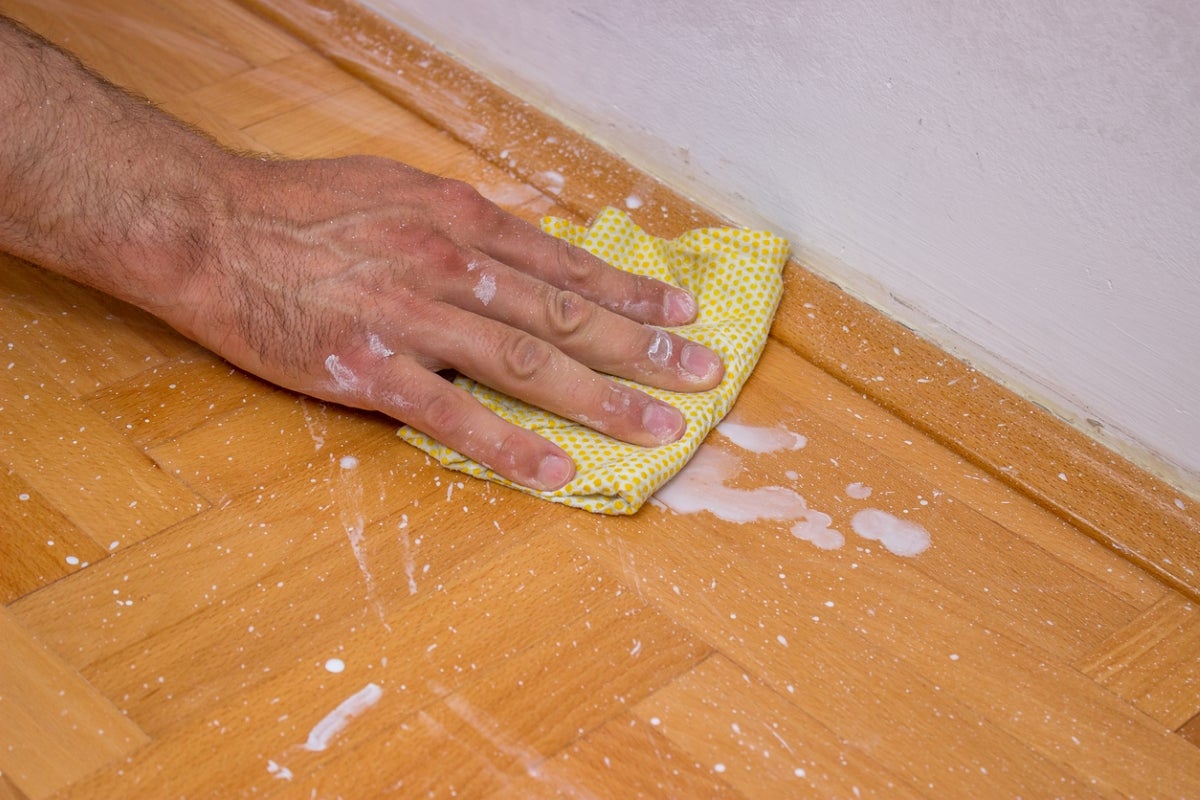
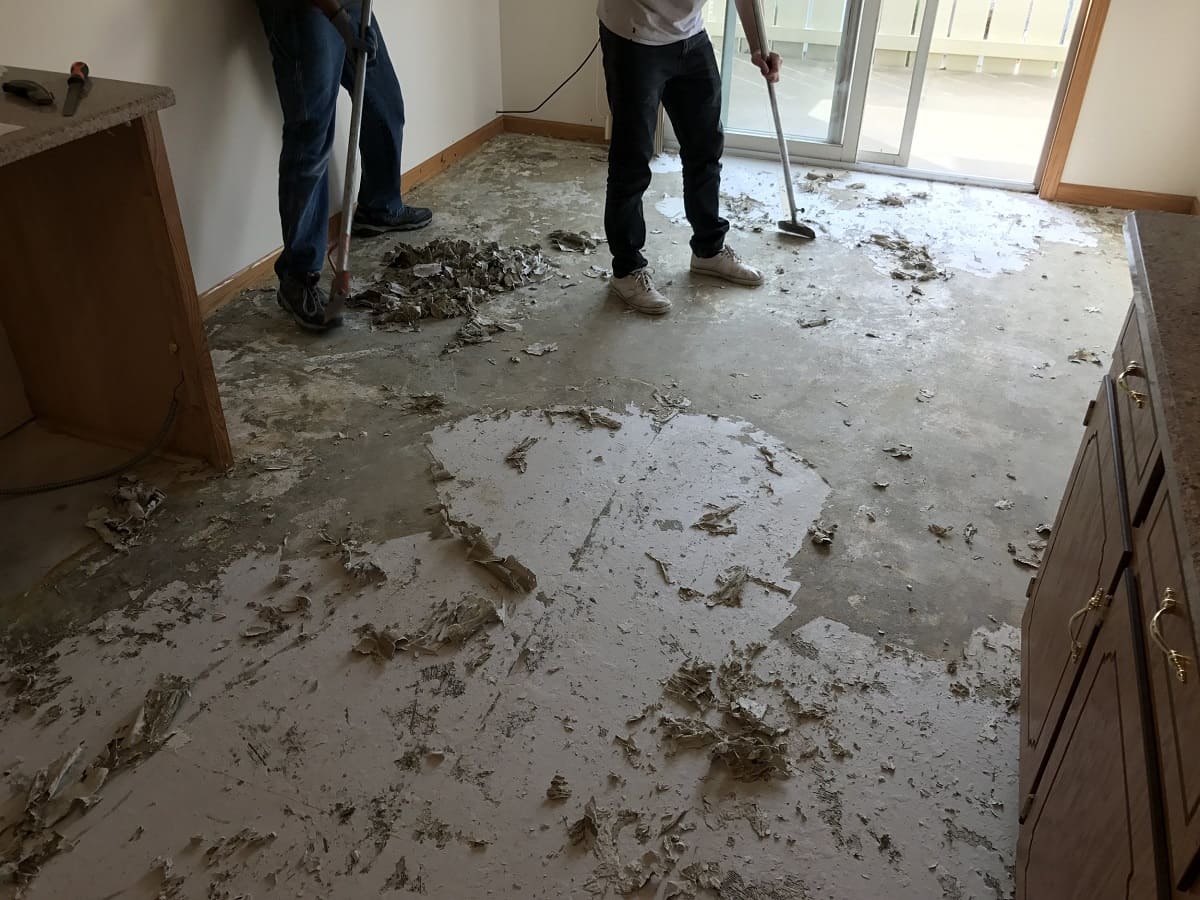

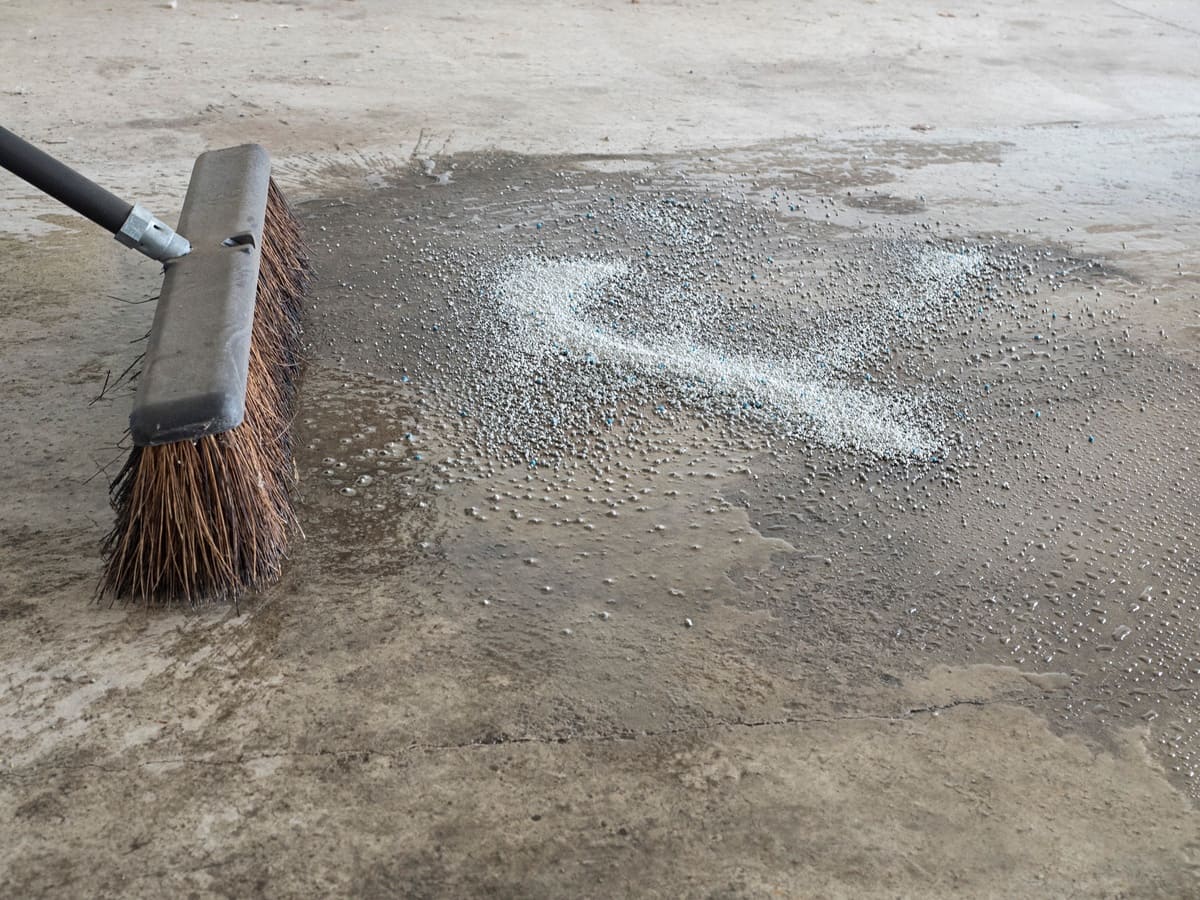
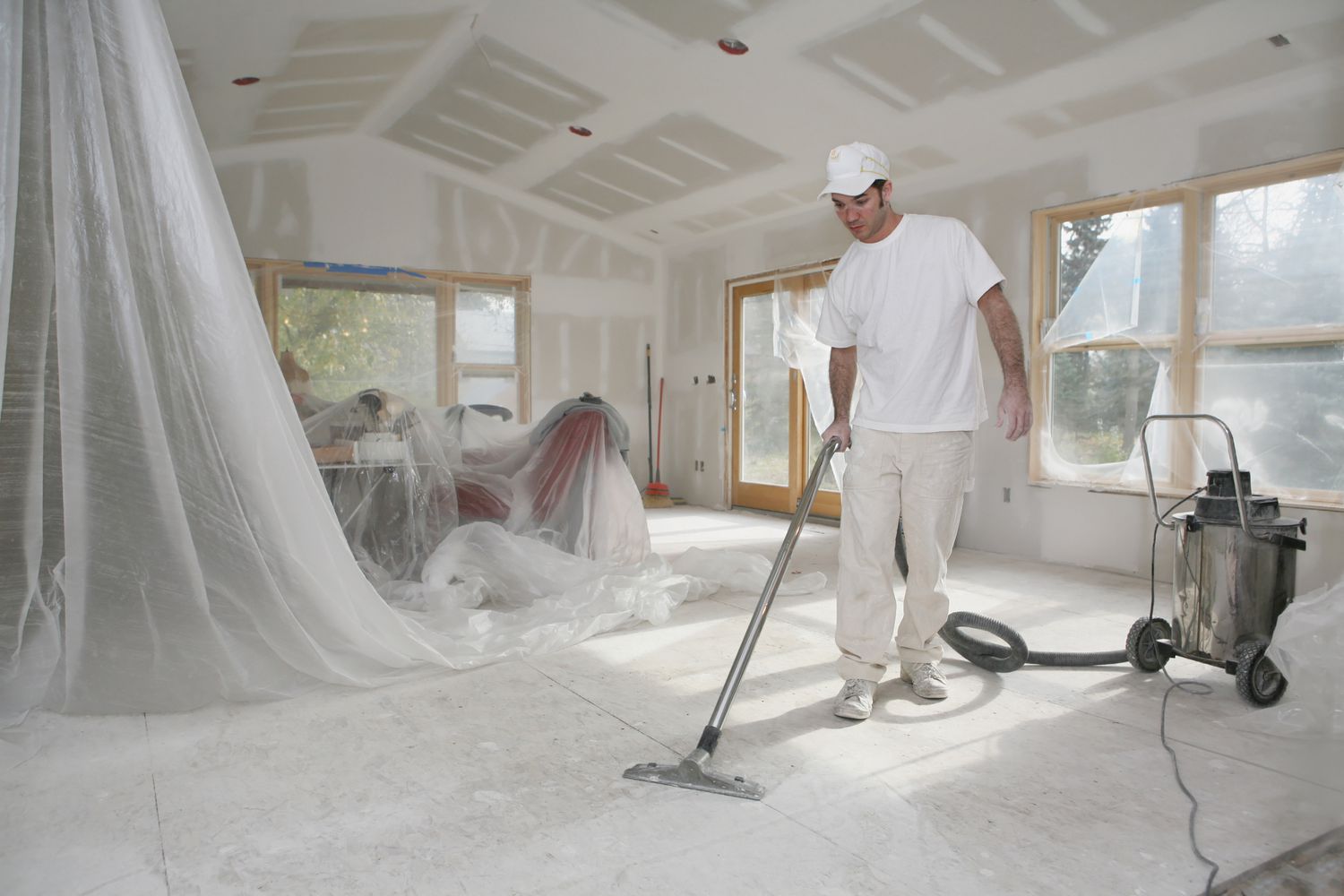
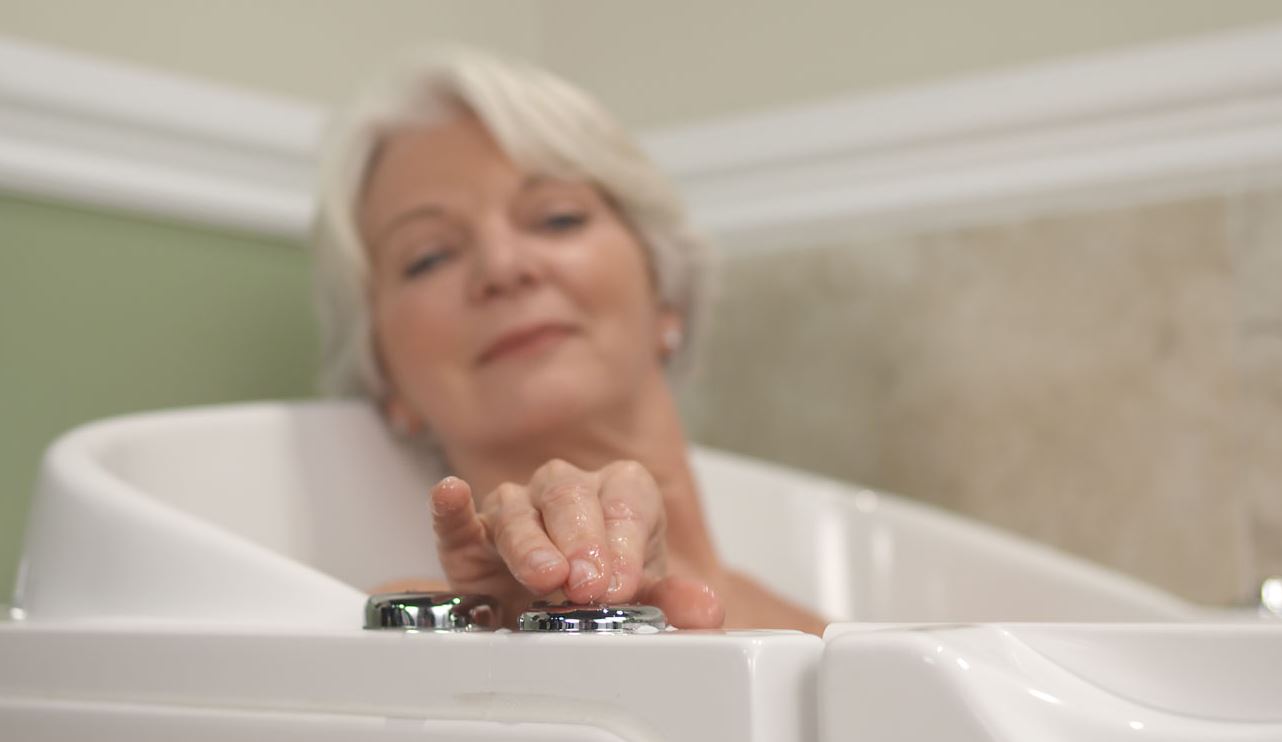
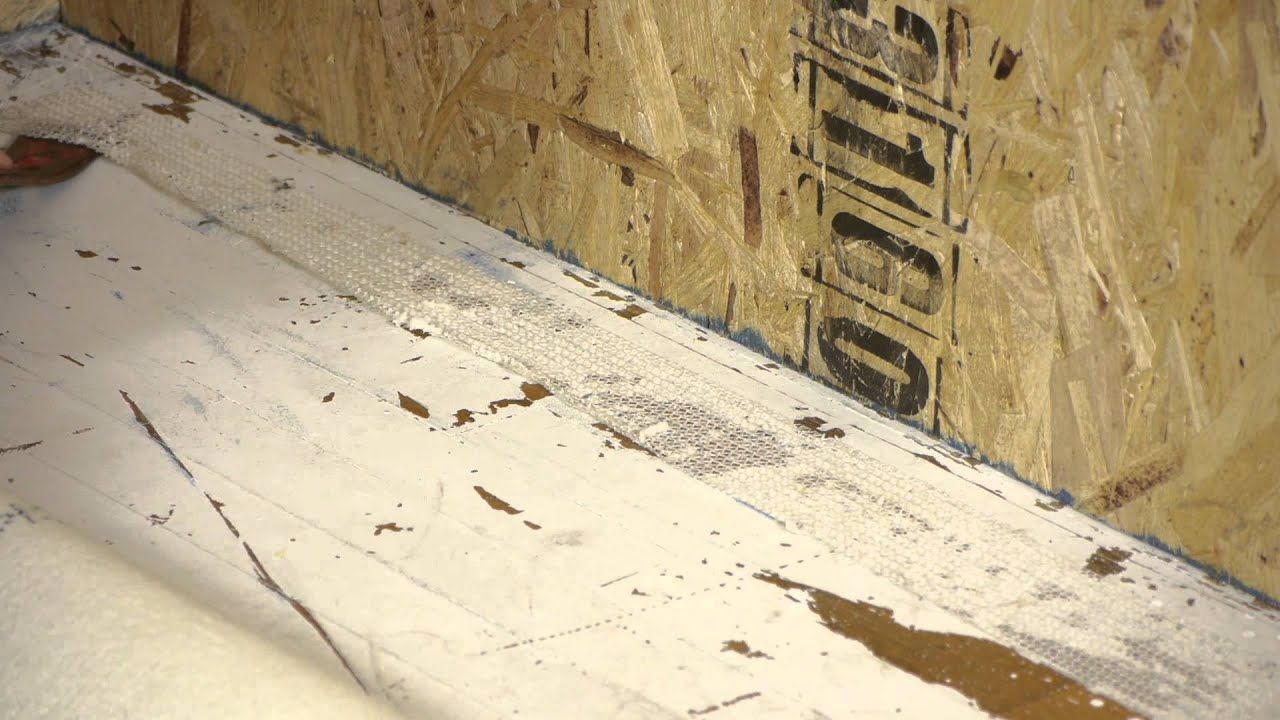
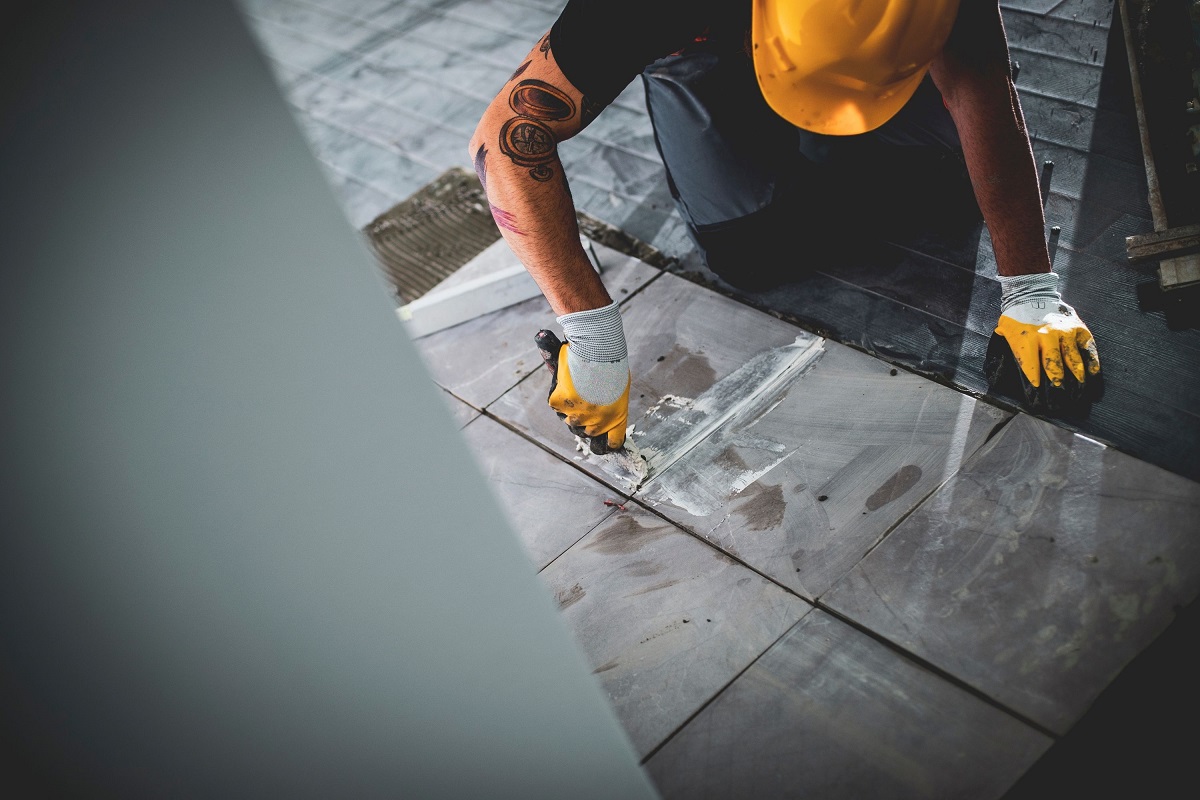


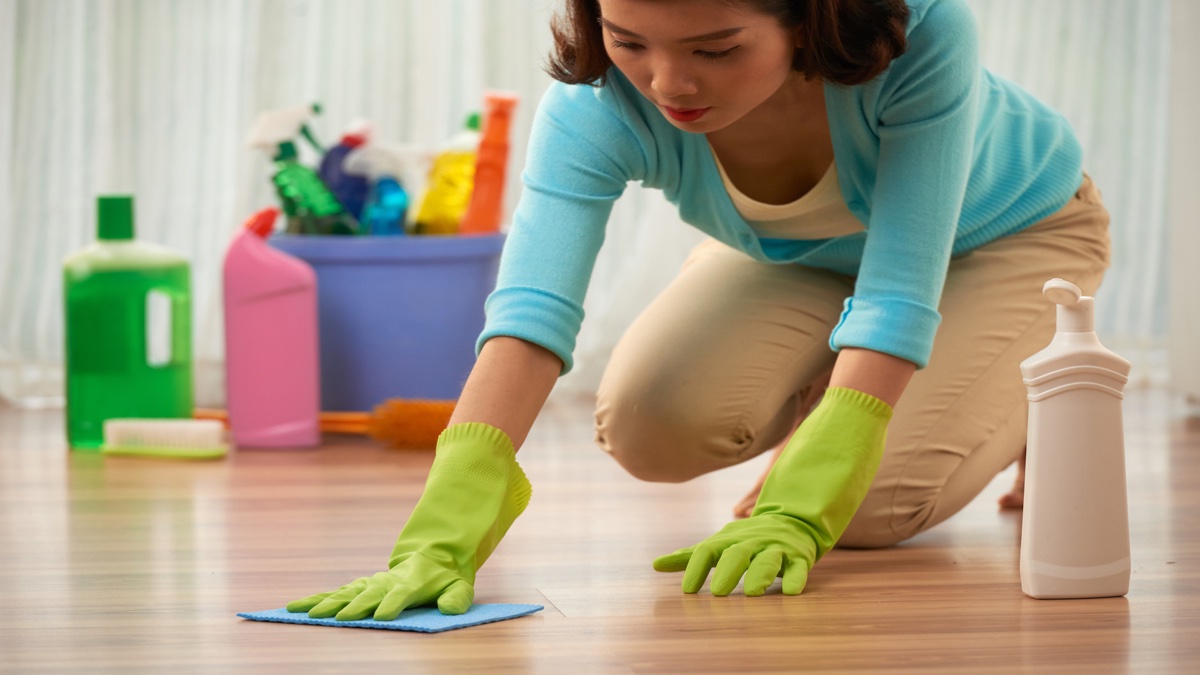

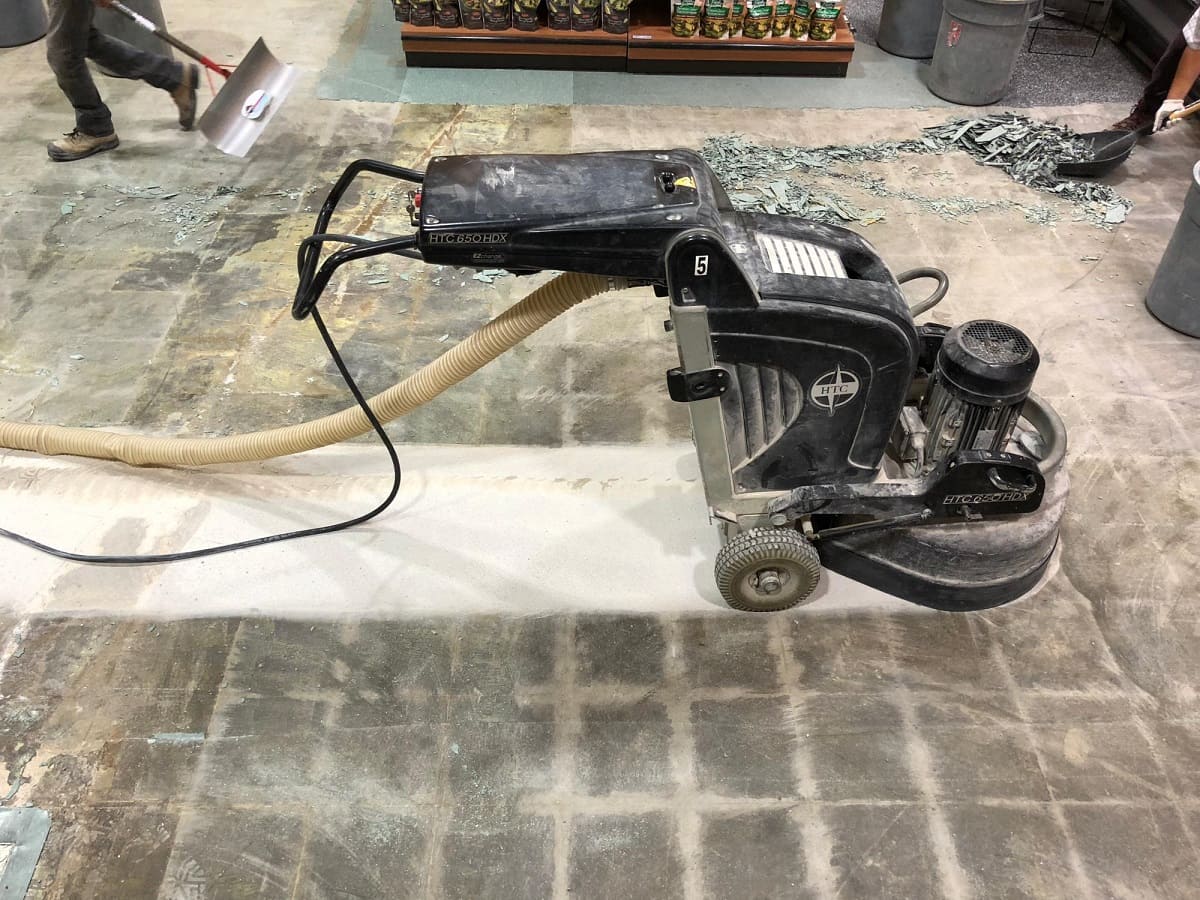

0 thoughts on “How To Help An Elderly Person Off The Floor”